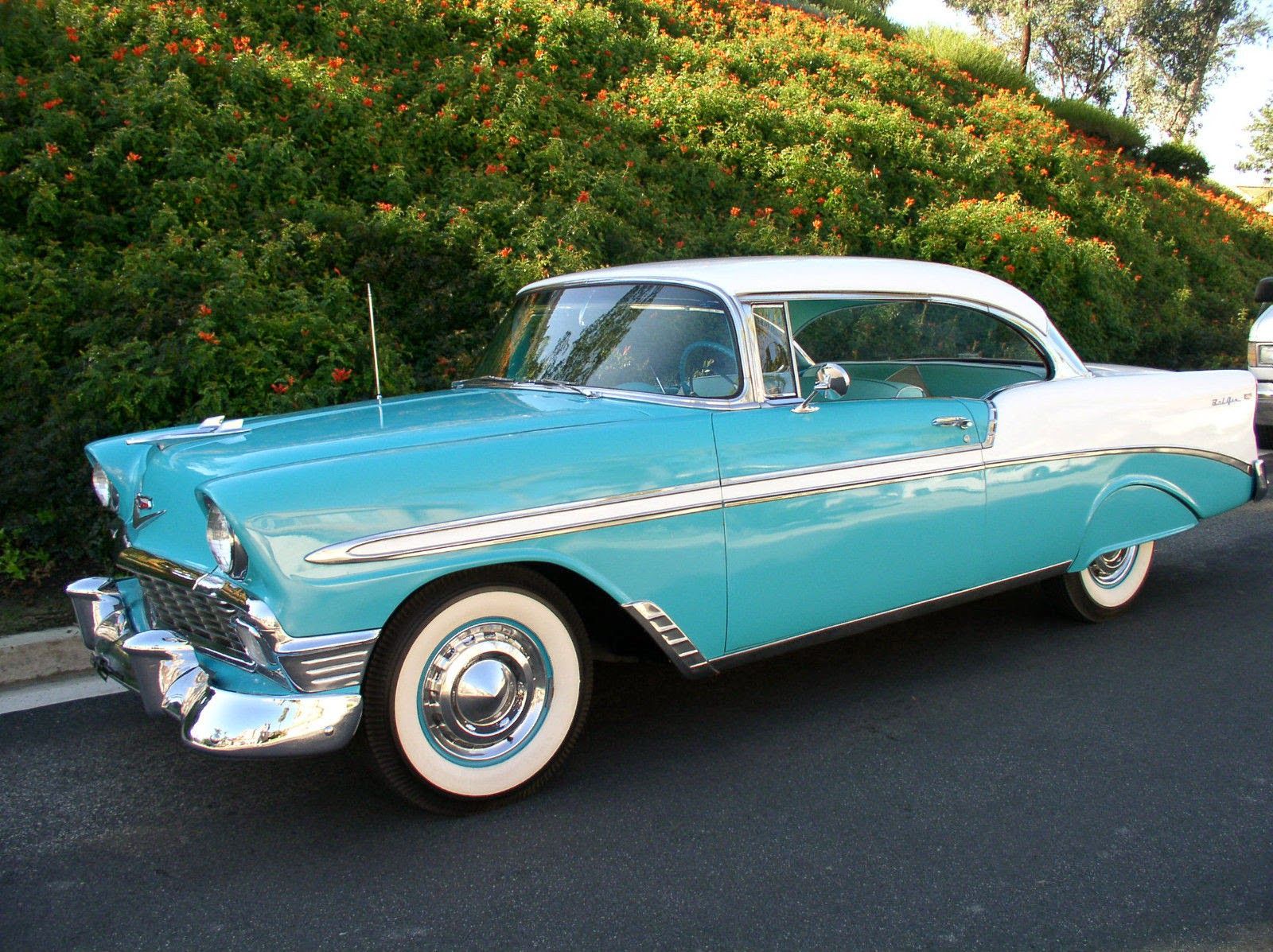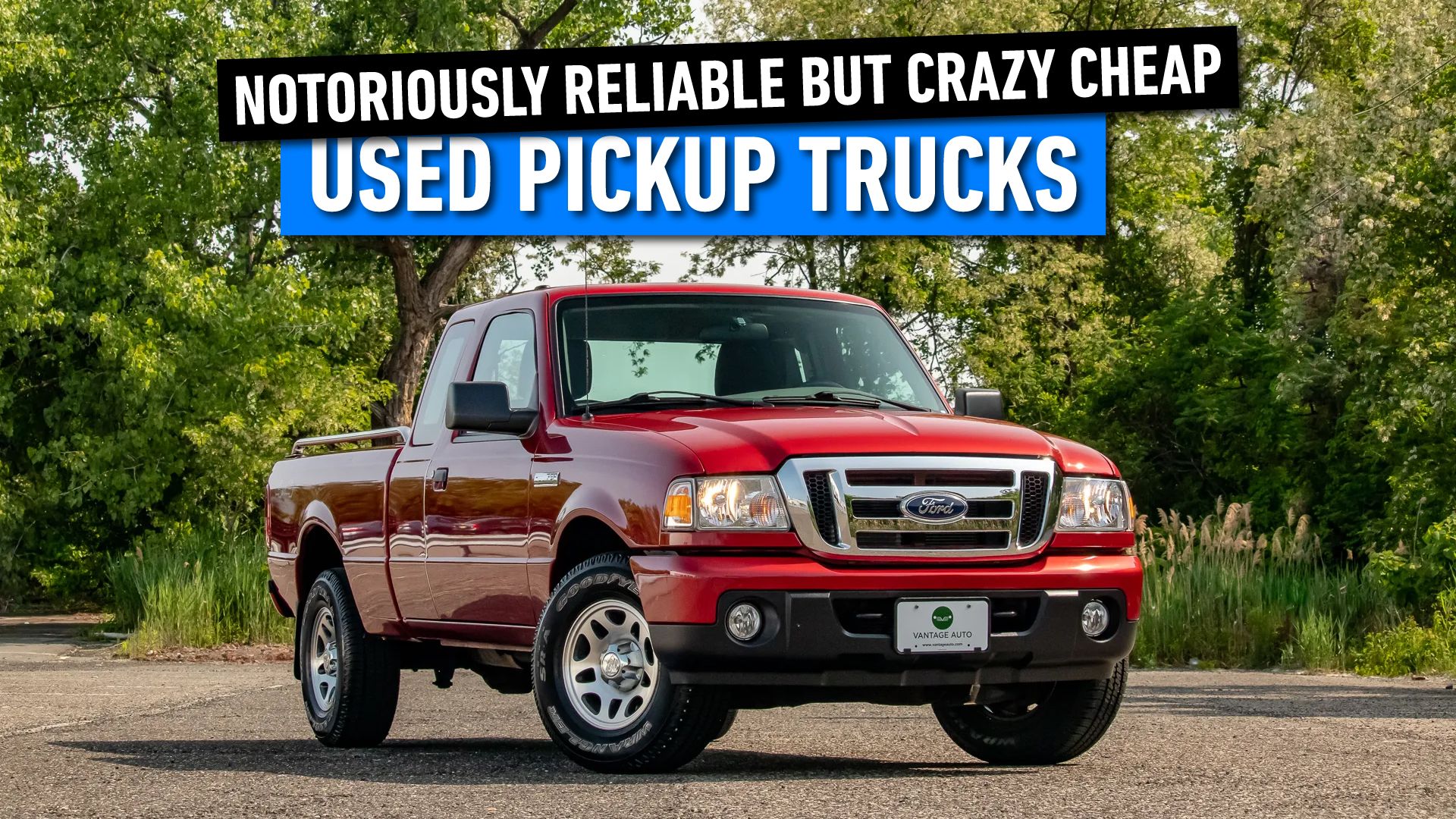
There’s a certain undeniable allure to a pickup truck—a machine that embodies rugged capability, versatility, and sheer power. For decades, these vehicles have been the backbone of countless industries and personal endeavors, evolving from simple workhorses to sophisticated, feature-rich machines that can handle virtually any task thrown their way. When we talk about their true prowess, it’s often their massive towing and payload capacities that truly set them apart, allowing owners to haul immense loads and pull trailers that would overwhelm lesser vehicles.
Yet, the world of pickup trucks is far more nuanced than just raw power. It’s a landscape shaped by innovative engineering, market demands, and a rich history of development that has consistently pushed the boundaries of what a personal or commercial vehicle can achieve. From the early chassis-only models to today’s high-tech marvels, every iteration has brought improvements in durability, efficiency, and, crucially, the ability to move more, carry more, and do more.
In this in-depth exploration, we’ll peel back the layers of these incredible machines, examining the very features and classifications that define their capacity for hard work. We’ll delve into the historical roots, the distinctions between various classifications, and the specialized designs that enable them to achieve such remarkable feats of strength and utility, ensuring you have a comprehensive understanding of what makes these trucks the titans of the road.

1. **The Evolution of the Pickup Truck: From Workhorse to Lifestyle Icon**The story of the pickup truck is a fascinating narrative of adaptation and increasing capability, mirroring the demands of an evolving society. In the nascent days of automobile manufacturing, vehicles were often sold as bare chassis, leaving third parties to add specialized bodies on top. This early modular approach set the stage for what would become the dedicated pickup, with pioneers like the Rapid Motor Vehicle Company, founded in 1902, building one-ton carrying capacity trucks in Pontiac, Michigan.
Innovation continued with companies like the Galion Allsteel Body Company, an early developer of both pickup and dump trucks, which began building and installing hauling boxes on modified Ford Model T chassis in 1913, and later on the Model TT from 1917. The market quickly recognized the potential, leading to more integrated designs. Dodge introduced a 3/4-ton pickup in 1924, featuring a cab and body constructed entirely of wood, while Ford followed in 1925 with a steel-bodied half-ton based on the Model T, complete with an adjustable tailgate and heavy-duty rear springs, billed as the “Ford Model T Runabout with Pickup Body” and selling for US$281.
By the 1930s and 40s, manufacturers like General Motors and Ford began offering dedicated light-truck platforms, separate from passenger cars, such as GM’s AK series and Ford’s F-Series, which emerged after World War II. These advancements solidified the pickup’s role as an essential utilitarian vehicle for farming, construction, and delivery. However, a significant shift began in the 1950s when American consumers started purchasing pickups for lifestyle reasons, moving beyond their primary work function.
This cultural transformation saw the introduction of more car-like, smooth-sided designs, exemplified by the Chevrolet Fleetside, Chevrolet El Camino, Dodge Sweptline, and Ford’s purpose-built Styleside in 1957. Comfort items, previously uncommon in work vehicles, became standard, with power options and air conditioning making their way into pickup cabins. This trend continued to accelerate, leading to the modern landscape where, by 2023, annual surveys of Ford F-150 owners revealed a stark contrast in usage: 87% used their trucks frequently for shopping and running errands, and 70% for pleasure driving, while only 28% used them often for personal hauling, and a mere 7% for towing frequently. This evolution underscores the pickup’s journey from a pure workhorse to a versatile, comfortable, and often luxurious, lifestyle vehicle.
Read more about: From Workhorse to Wealth: Unpacking the Phenomenal Rise of Classic Trucks in the Collector Market
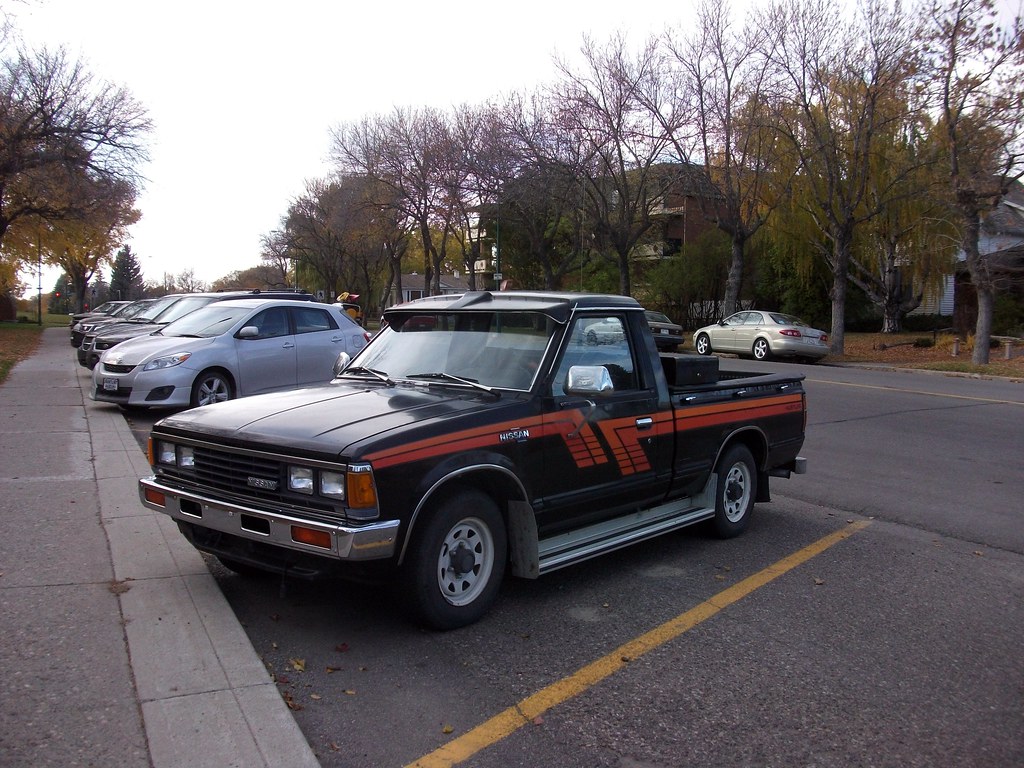
2. **Understanding “Ton” Ratings: Decoding Payload Capacity**When delving into the capabilities of pickup trucks, one often encounters terms like “half-ton,” “three-quarter-ton,” and “one-ton.” These seemingly straightforward designations can be a source of confusion, as they are not literal indicators of a truck’s current maximum cargo capacity. Rather, they are “remnants from a time when the number referred to the maximum cargo capacity by weight,” a historical legacy that has persisted in the automotive lexicon.
Today, these “ton” ratings serve primarily as classifications for a truck’s general capability, rather than precise measurements of payload. A modern “half-ton” pickup, for instance, can typically carry far more than 1,000 pounds, often boasting payload capacities well over 1,500 or even 2,000 pounds, depending on the specific configuration and manufacturer. This distinction is crucial for understanding that while the terminology has roots in historical weight limits, its contemporary application signifies a class of truck engineered with a certain level of robustness.
For automotive enthusiasts and potential buyers, understanding these classifications is vital for making informed decisions. They provide a quick, albeit general, way to gauge a truck’s underlying engineering—its frame strength, suspension components, axle durability, and braking systems are all designed to handle the demands associated with its respective “ton” rating. These ratings essentially guide consumers to the appropriate vehicle for their hauling needs, ensuring that the truck’s structure is aligned with the expected loads it will carry.
Therefore, while you won’t find a direct correlation between the “ton” rating and the exact payload capacity in modern trucks, these terms remain indispensable for categorizing vehicle segments. They represent a significant differentiator in the performance-oriented world of pickups, indicating a vehicle’s inherent design for specific levels of duty. Whether for light-duty chores or substantial hauling, the ton rating serves as a fundamental benchmark for a truck’s engineered capability and its capacity for hard work.
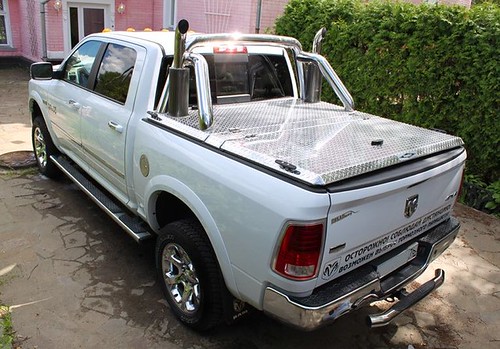
3. **Full-Size Pickup Trucks: The Behemoths of Hauling**Full-size pickup trucks represent the pinnacle of versatility and robust capability in the North American market, defining a class of vehicle that is essential for both demanding work and comfortable daily driving. Characterized by a “body-on-frame pickup truck with an exterior width of more than two meters (excluding mirrors and/or widebody/flares for dually wheels),” these vehicles are engineered for superior performance in towing and hauling, making them the default choice for serious tasks.
Their dominance in the United States and Canada is unquestionable. The Ford F-150, for example, has been an undisputed sales leader, holding the title of the “best-selling vehicle in the United States since 1982.” By the 2020s, full-size trucks collectively made up a “majority of U.S. sales,” showcasing their pervasive appeal and critical role in the automotive landscape. This segment is not just popular; it’s foundational to the economic health of major manufacturers.
Indeed, full-sized pickups and SUVs are an “important source of revenue for major car manufacturers such as Ford, General Motors, and Stellantis, accounting for more than two-thirds of their global pre-tax earnings.” This financial significance is driven by their high profit margins and equally high price tags, with Kelley Blue Book citing an average cost of US$47,174 for a new Ford F-150 in 2018, including optional features. This substantial investment is justified by their unmatched blend of power, utility, and increasingly, luxurious amenities.
In practical terms, full-size pickups excel in scenarios requiring significant payload and towing capacity. Their sturdy body-on-frame construction provides the structural integrity necessary for handling heavy loads, while powerful engine options deliver the torque required for confident towing. They serve not just as work implements but also frequently as family vehicles, capable of comfortably transporting passengers while still offering the utility of a substantial cargo bed, truly embodying their status as the workhorses and lifestyle vehicles of choice.
Read more about: Recall These? 15 Trucks That Went From Trendy to Tacky.
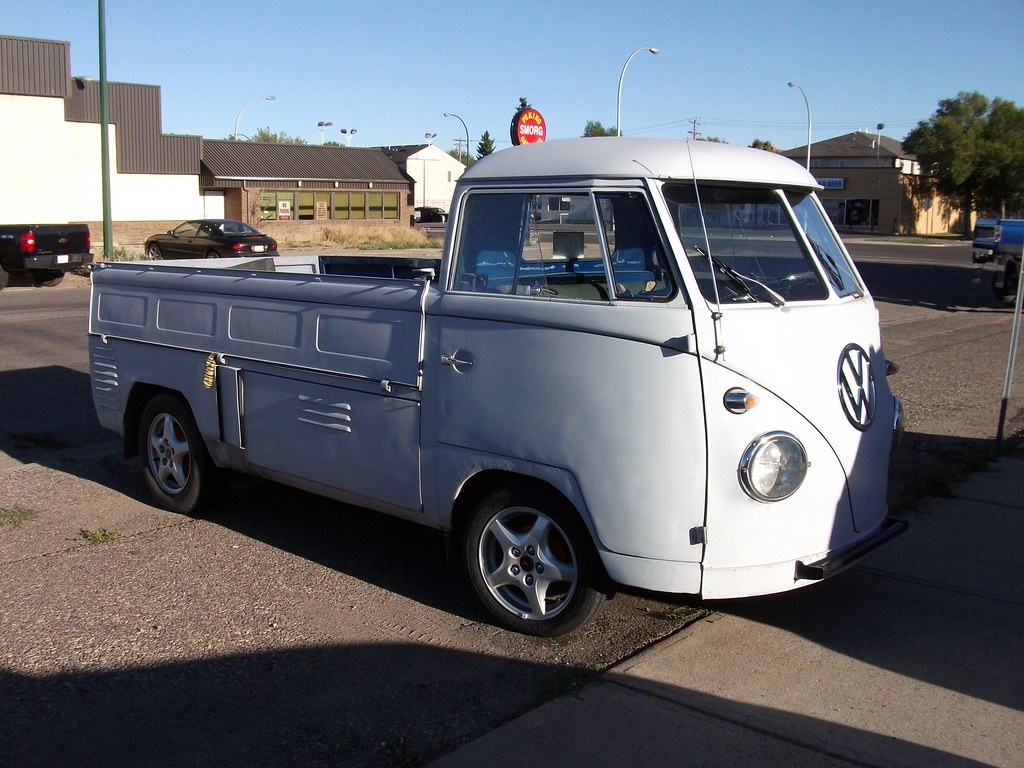
4. **Heavy Duty and Super Duty Models: Pushing the Limits of Power**When standard full-size pickups just don’t cut it, the automotive industry steps up with Heavy Duty (HD) and Super Duty models, designed explicitly to push the boundaries of towing and payload capabilities. These trucks are distinctively engineered as “pickup truck with higher payload and/or towing capabilities than is standard for their size.” Brands like Ram with their “Ram Heavy Duty” and Ford with their “Ford Super Duty” proudly showcase these designations, signifying a class of vehicle built for the most demanding tasks.
These vehicles achieve their incredible performance through a combination of reinforced chassis, heavy-duty suspension systems, robust axles, and, most importantly, powerful powertrains. They often feature larger displacement engines—typically V8 diesel or gasoline units—that generate immense torque, paired with heavy-duty transmissions capable of seamlessly managing the forces involved in hauling massive weights. The braking systems are also significantly upgraded to ensure safe and controlled stopping power, even with fully loaded trailers.
It’s important to clarify the relationship between Heavy Duty models and the term “dually,” which refers to trucks with four rear wheels. While many heavy-duty trucks can be optioned with a dually configuration for enhanced stability and payload, it’s not a prerequisite for being considered HD. As the context explains, “Dually is not available on Ram 2500 or Ford F-250 and is optional on Ram 3500 or Ford F-350, but those pickup trucks are all heavy duty.” This illustrates that the HD designation is about the underlying engineering for increased capacity, regardless of the rear axle setup.
Globally, the concept of a heavy-duty pickup extends beyond North America. For instance, the Mahindra Bolero MaXX Pik-Up HD demonstrates how mid-size heavy-duty trucks can deliver impressive figures, with a “two tonne payload” capacity. These specialized trucks are indispensable for industries like construction, agriculture, and commercial transport, where the ability to move extremely heavy materials or equipment is a daily necessity. They are purpose-built machines, providing the critical capability needed to tackle the toughest jobs with confidence and authority.
Read more about: An In-Depth Look: Essential New Features and Performance Upgrades for the 2025 Ram 1500 Truck Lineup
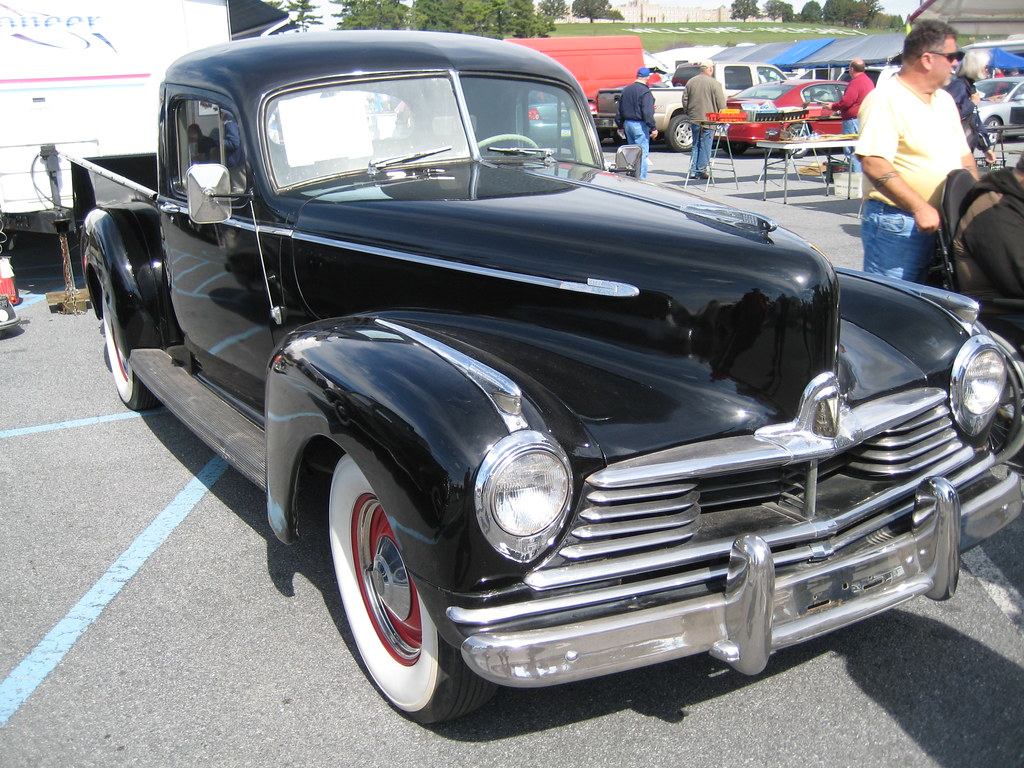
5. **Dually Trucks: Stability and Strength for Extreme Loads**For those who routinely face the challenge of hauling the heaviest loads, the “dually” pickup truck stands as an icon of stability and formidable strength. This “North American colloquial term” refers to a pickup truck equipped with “four rear wheels instead of two,” effectively doubling the contact patch with the road and significantly enhancing its ability to “carry more weight over the rear axle.” This configuration is a game-changer for severe-duty applications.
The primary benefit of a dually setup lies in its superior weight distribution and increased traction. By spreading the load across four tires on the rear axle, the stress on each individual tire and the vehicle’s suspension components is reduced. This not only allows for a much higher payload capacity but also dramatically improves stability, especially when towing large, heavy trailers such as fifth-wheel RVs, gooseneck flatbeds, or substantial construction equipment. The wider stance provided by the dual wheels actively counteracts swaying and enhances control, crucial for maintaining safety and confidence on the road.
While dually trucks are often synonymous with the “Heavy Duty” and “Super Duty” classifications, they represent an optional enhancement that further pushes a truck’s capabilities into the realm of extreme utility. They are not always standard on all HD models but become a popular and often necessary choice for those whose work or recreational pursuits demand maximum hauling power. The robust appearance of a dually, with its flared rear fenders accommodating the extra wheels, is a visual testament to its uncompromising strength.
For enthusiasts and professionals alike, the decision to opt for a dually often comes down to the sheer scale of the task at hand. Whether it’s moving a massive horse trailer, transporting a fully loaded camper, or dealing with the heaviest construction materials, a dually provides the peace of mind that comes from knowing you have the utmost in stability, load-bearing capacity, and control. It’s a specialized configuration that directly addresses the need for truly massive towing and payload capacities, solidifying its place as a top-tier performer in the pickup truck segment.
Read more about: The Pinnacle of Performance: 9 Defining Pickups That Offer Unrivaled Enjoyment and Utility
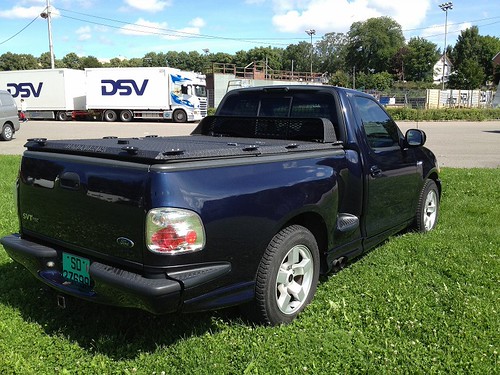
6. **Cab Configurations: Balancing Crew Comfort and Cargo Space**The interior layout of a pickup truck, specifically its cab configuration, plays a critical role in defining its overall utility, striking a balance between passenger comfort and available cargo space. Historically, the simplest and most utilitarian design has been the “regular cab, single cab or standard cab,” featuring “a single row of seats and a single set of doors, one on each side.” This design prioritizes a longer cargo bed by minimizing the cabin footprint, making it ideal for pure work applications where maximum hauling length is paramount.
As consumer needs evolved, so did cab designs. The “extended cab or extra cab” emerged as a popular compromise, adding “an extra space behind the main seat, sometimes including smaller jump seats which can fold out of the way to create more storage space.” Chrysler introduced the first extended-cab truck in the United States, called the Club Cab, in 1973 on its Dodge D-series pickup trucks. These cabs often feature small, “half-sized” rear doors that are rear-hinged, requiring the front doors to be opened first, or small “three-quarter-sized” front-hinged doors, offering more flexibility for occasional passengers or secure in-cab storage.
However, the true game-changer for passenger-focused utility was the “crew cab, or double cab,” which comfortably “seats five or six and has four full-sized, front-hinged doors.” Early innovators included International Harvester in 1957, followed by Dodge in 1963, Ford in 1965, and Chevrolet in 1973. Initially, these multi-door configurations were primarily available on heavy-duty models like the Ford F-250/F-350. By 2001, crew cabs began to overtake regular and extended cabs in popularity, even in half-ton trucks like the Ford F-150.
This shift towards larger cabs reflects the pickup truck’s transformation into a primary family and lifestyle vehicle. While a crew cab offers superior passenger comfort and accessibility, it often necessitates a shorter cargo bed to maintain a manageable overall vehicle length. This trade-off is a critical consideration for buyers: maximizing passenger space or maximizing bed length for payload. The evolution of cab configurations showcases the industry’s continuous effort to meet diverse consumer demands, from pure utility to a blend of work and family functionality.
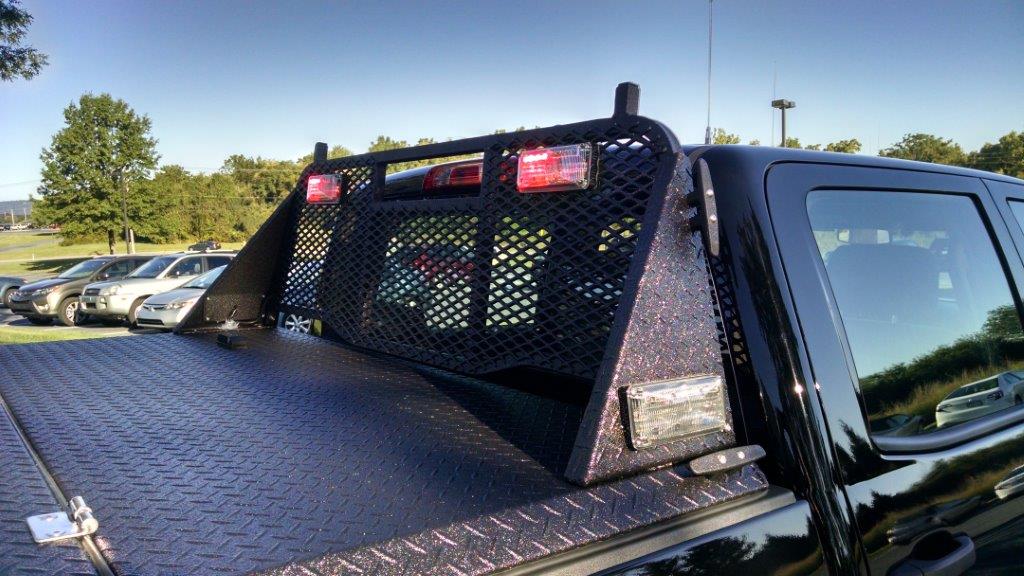
7. **Cargo Bed Styles: Optimizing Utility and Design**The cargo bed is the very heart of a pickup truck’s utility, and its design can significantly influence the vehicle’s functionality and aesthetic. The size and style of the bed “can vary in size according to whether the vehicle is optimized for cargo utility or passenger comfort,” illustrating the diverse needs of pickup owners. Most modern beds feature fixed side walls and a hinged tailgate, but the execution of these elements has evolved considerably.
Historically, cargo beds were primarily found in two distinct styles: stepside and fleetside. The stepside bed, also known by Ford’s “Flareside” or Jeep’s “Sportside” and “Thriftside,” is characterized by “fenders that extend on the outside of the cargo area.” This design, which often originated from simpler manufacturing processes where fenders were merely attached to a basic cargo box, used to be the standard due to its lower cost. It offers steps for easier access to the bed from the side, a practical feature for loading and unloading.
In contrast, the fleetside bed, also referred to as “Styleside” by Ford, “Wideside” by GMC, or “Utiline” and “Sweptline” by Dodge, features “wheel wells inside of a double-walled bed” and is typically “designed to match the cab’s styling” for a more integrated, streamlined appearance. The first fleet-sided pickup truck was the Crosley in the 1940s, followed by the iconic 1955 Chevrolet Cameo Carrier. This style provides a wider, uninterrupted cargo area, maximizing the usable space for payload.
Over time, the fleetside design has progressively replaced the older separate-fender look. The last Chevrolet and GMC models to offer the Stepside style were the 2005 Silverado and Sierra 1500, respectively, while Ford last used the Flareside style on the 2009 F-150. This shift reflects a preference for cleaner lines and greater interior bed width. Beyond these traditional styles, some advanced designs include a “mid-gate,” an “opening at the rear of the cab to increase cargo capacity lengthwise without increasing overall vehicle length or wheelbase,” offering even more flexibility for oversized items. This continuous innovation in bed design underscores the industry’s commitment to maximizing a pickup’s core utility for diverse hauling demands.
Read more about: 2025 Ford F-150 vs. Toyota Tundra: A Deep Dive into Towing, Power, and Capability
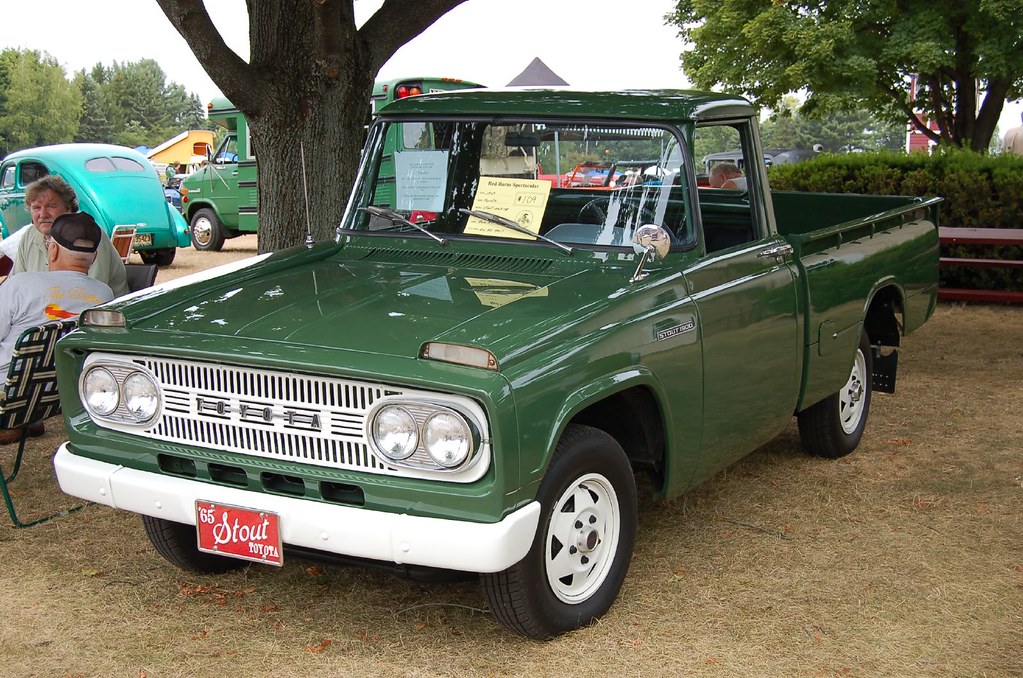
8. **Advanced Towing Systems: Mastering the Haul**Beyond their sheer payload capacity, pickup trucks are legendary for their towing prowess, offering sophisticated systems designed to handle immense loads with confidence and control. The ability to tow is central to the utility of these vehicles, whether for commercial endeavors, recreational pursuits, or simply moving heavy equipment. Understanding the nuances of these towing capabilities is key to leveraging a truck’s full potential.
Two primary categories define how pickup trucks manage towing: conventional (bumper pull) and in-bed (heavy duty) towing. Conventional towing, the more common method, involves mounting the hitch at the rear of the pickup truck, typically on the bumper or a frame-mounted receiver. Within this category, a ‘weight distribution hitch’ can be employed to evenly distribute the trailer’s weight across all axles of both the truck and the trailer, significantly enhancing stability and handling, especially with larger loads.
For the most demanding towing tasks, in-bed towing systems offer superior stability and weight management. These systems, which include ‘fifth wheel’ and ‘gooseneck’ hitches, mount directly above or in front of the rear axle of the pickup truck. This centralizes the trailer’s weight over the truck’s strongest point, reducing sway and allowing for much heavier tow ratings compared to conventional hitches. These advanced setups are indispensable for hauling large recreational vehicles, livestock trailers, or heavy-duty commercial equipment, truly pushing the limits of what a pickup can pull.
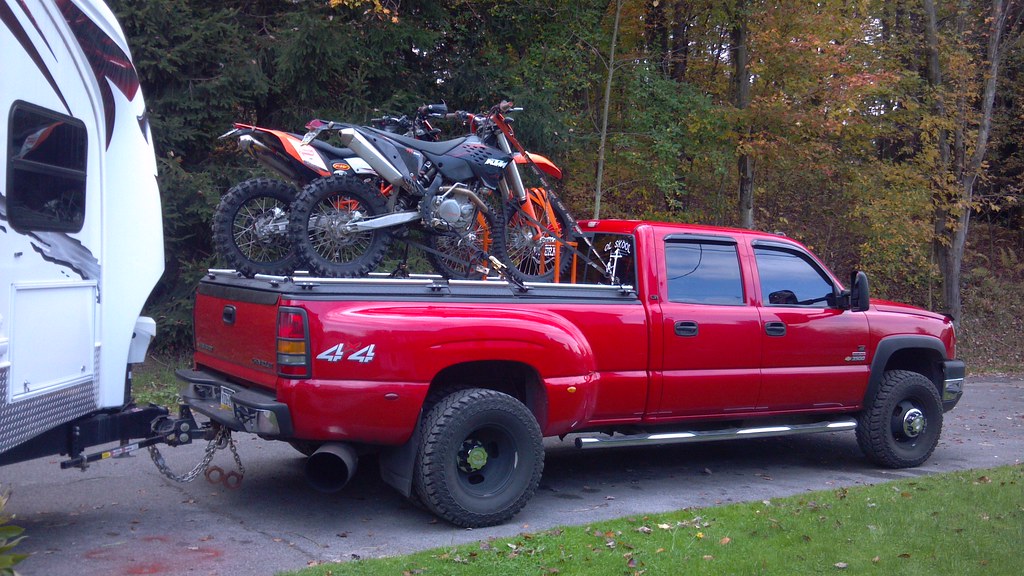
9. **Global Markets: Pickup Trucks Beyond North America**While the Ford F-150 has reigned as the best-selling vehicle in the United States since 1982, the global landscape of pickup trucks is remarkably diverse, shaped by varying cultural preferences, economic factors, and regulatory environments. What constitutes a ‘pickup’ and how it’s used can differ dramatically outside of North America, where full-sized behemoths are a less common sight.
In Europe, for instance, pickups represent less than 1% of light vehicles sold, largely due to higher fuel prices and narrower city roads that make large trucks impractical for daily use. Models like the Ford Ranger, Renault Alaskan (a rebadged Nissan Navara), and Toyota Hilux are popular, but they tend to be smaller and more fuel-efficient than their American counterparts. This market preference highlights a utilitarian approach where pickups serve more specific commercial or rural needs rather than broad passenger transport.
Asian markets also present unique characteristics. China, for example, sees domestically manufactured trucks like the Great Wall Wingle, which is also exported to Australia. In Thailand, a major manufacturing hub, models like the Isuzu D-Max and Mitsubishi Triton are built for local sale and export. Japan, however, faces stringent NO x laws and other regulations that historically prevented most pickups from being imported, with exceptions like the limited-time Mitsubishi Triton and, more recently, the Jeep Gladiator. These regional differences underscore how local conditions profoundly influence pickup design and availability.
Latin and South America, along with South Africa, show a robust market for pickups, albeit with a different mix of popular models. In these regions, trucks like the Toyota Hilux, Ford Ranger, VW Amarok, Dodge Ram, Chevrolet S-10, Chevrolet D-20, Chevrolet Montana, and Isuzu KB (D-Max) are widely sold. In South Africa, ‘bakkie’ is the colloquial term, and pickups account for about 17% of passenger and light commercial vehicle sales. These markets often prioritize durability, versatility, and off-road capability, making trucks essential tools for diverse terrains and economic activities.
Car Model Information: 2014 Ford F-150 XLT
Name: Ford F-Series
Caption: 2022 Ford F-150 Lariat Luxury
Manufacturer: Ford Motor Company
Aka: Ford Lobo (Mexico, 1992–present)
Production: 1948–present
Class: Pickup truck#Full-size pickup truck
Layout: Front-engine, rear-wheel-drive layout,rear-wheel drive
Predecessor: 1941 Ford
Categories: All-wheel-drive vehicles, All Wikipedia articles written in American English, All articles that may contain original research, All articles with unsourced statements, Articles that may contain original research from September 2020
Summary: The Ford F-Series is a series of light-duty trucks marketed and manufactured by the Ford Motor Company since model year 1948 as a range of full-sized pickup trucks — positioned between Ford’s Ranger and Super Duty pickup trucks. Alongside the F-150 (introduced in 1975), the F-Series also includes the Super Duty series (introduced in 1999), which includes the heavier-duty F-250 through F-450 pickups, F-450/F-550 chassis cabs, and F-600/F-650/F-750 Class 6–8 commercial trucks.
Get more information about: Ford F-Series
Buying a high-performing used car >>>
Brand: Ford Model: F-150
Price: $17,745 Mileage: 131,097 mi.
Read more about: Forging Ahead: The 9 Most Anticipated American Muscle Cars Blazing Trails to 2026

10. **The Modern Pickup: A Lifestyle Vehicle First**Once viewed almost exclusively as rugged utilitarian tools, pickup trucks have undergone a profound transformation, evolving into sophisticated lifestyle vehicles that blend work capability with passenger comfort and personal convenience. This shift is particularly evident in North America, where their primary role has expanded far beyond the job site.
Annual surveys of Ford F-150 owners from 2012 to 2021 reveal a striking divergence from traditional usage. A staggering 87% of owners reported using their trucks frequently for shopping and running errands, while 70% used them for pleasure driving. In stark contrast, only 28% used their trucks often for personal hauling, and a mere 7% used them frequently for towing. These figures unmistakably illustrate that for a significant majority, the modern pickup is less a pure workhorse and more a primary family vehicle and daily driver.
This evolution is also reflected in design changes. The 1960s–1970s Ford F-100, for instance, typically featured a regular cab with a substantial 64% bed-to-36% cab ratio. By the mid-2000s, crew cabs became the norm, necessitating a reduction in bed size to accommodate the larger cabin. A 2023 F-150 now consists of 63% cab and only 37% bed, a complete reversal. This rebalancing of proportions underscores the prioritization of passenger space and amenities over raw cargo length, signaling the pickup’s firm embrace of its lifestyle icon status.
Read more about: Mastering the Long Haul: 12 Exceptional Pickup Trucks with 8-Foot Beds You Need to Know
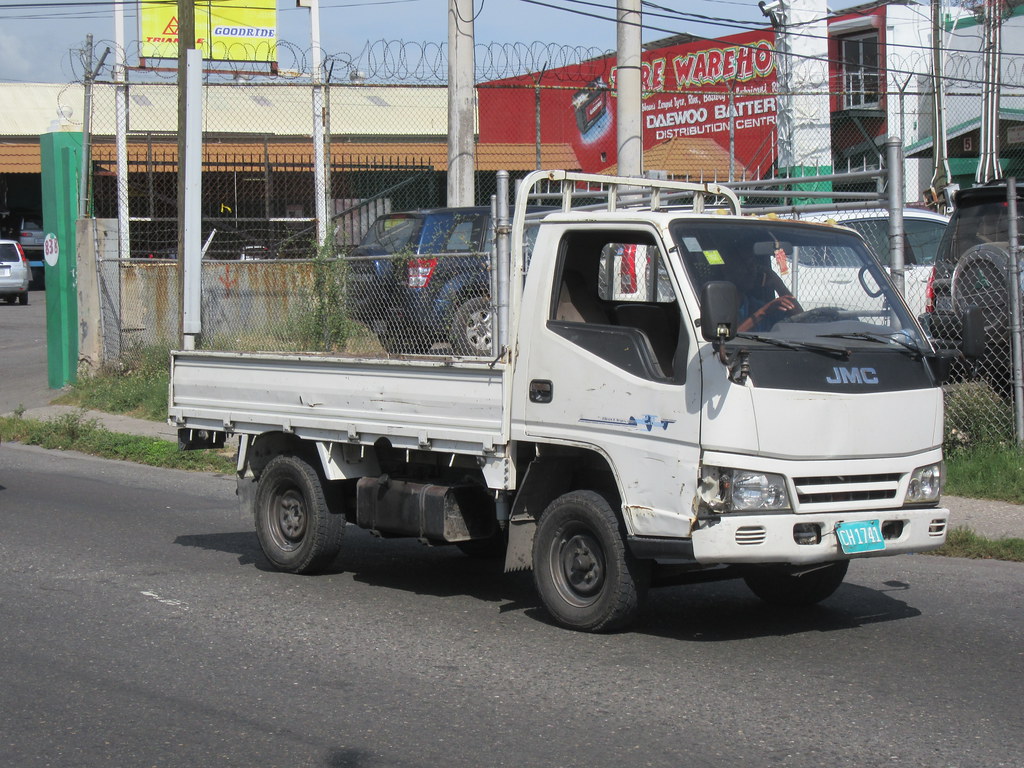
11. **Kei and Mini Trucks: Compact Powerhouses**Venturing beyond the full-size and heavy-duty behemoths, the world of pickup trucks also embraces compact and highly specialized utility vehicles, prominently featuring Kei and Mini trucks. These vehicles represent a class of their own, designed for maximum efficiency and maneuverability in environments where larger trucks are impractical or unnecessary. They are true marvels of compact engineering, offering impressive utility within a small footprint.
Kei trucks, a distinct Japanese class, are characterized by strict dimensional and engine displacement limits. They have a maximum length of 3,400 mm (134 in), a maximum width of 1,480 mm (58 in), a maximum height of 2,000 mm (79 in), and a maximum engine displacement of 660 cc (40 cu in). These regulations foster the creation of incredibly efficient and agile vehicles perfect for congested urban areas, narrow rural roads, and agricultural settings, demonstrating how size constraints can drive ingenious design.
In some countries, ‘mini trucks’ are quite similar to, or only slightly larger than, Kei trucks, serving comparable roles in light commercial transport and utility. In other regions, particularly the United States, the term ‘mini truck’ is often used more broadly to describe any pickup smaller than a full-size model. Furthermore, Utility Task Vehicles (UTVs) are also of similar size and serve analogous roles in developed countries, though they are typically restricted to off-road and rural applications, highlighting a niche for small-scale, robust utility.
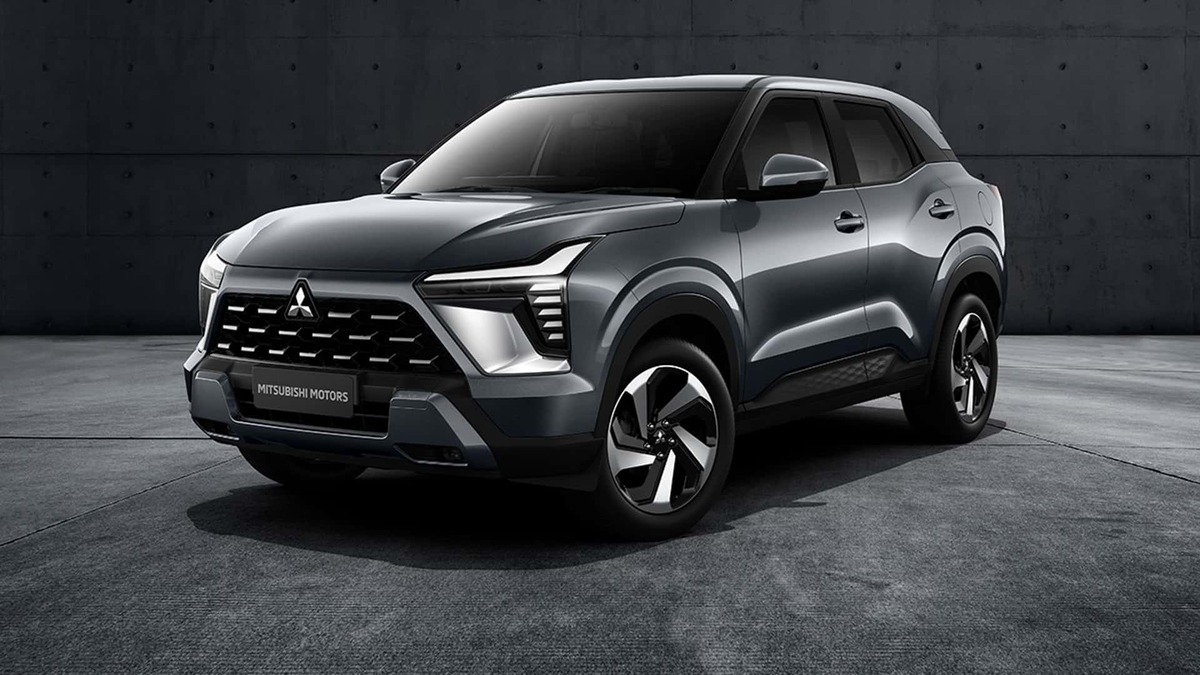
12. **Compact and Mid-Size Pickups: Versatility in Scale**Bridging the gap between the ultra-compact Kei trucks and the sprawling full-size models are the compact and mid-size pickup trucks, offering a versatile balance of capability, efficiency, and maneuverability. These segments cater to a wide range of buyers who need more utility than a car but don’t require the sheer scale or towing capacity of a full-size truck, making them a popular choice globally.
Compact pickup trucks are typically characterized by a unibody construction, meaning the body and frame are integrated, often built on compact SUV or passenger car platforms. This design approach lends them a more car-like ride and handling, making them comfortable for daily driving while still offering practical cargo capacity. Examples include modern entries like the Hyundai Santa Cruz and Ford Maverick, as well as historical models such as the Subaru Baja (based on the Outback wagon) and Subaru BRAT (based on the Leone wagon). These unibody pickups demonstrate an innovative blend of car comfort with truck utility.
Mid-size pickup trucks, in contrast, generally adhere to a body-on-frame construction, providing the robust durability and towing capability typically associated with traditional trucks. They are similar in size to mid-size SUVs and are often the largest size pickup sold or manufactured in countries outside North America. Iconic examples in this segment include the highly popular Ford Ranger, Toyota Hilux, and Isuzu D-Max. These mid-size trucks offer a compelling package of strength and manageable dimensions, making them ideal for both challenging work and adventurous recreational use in diverse international markets.
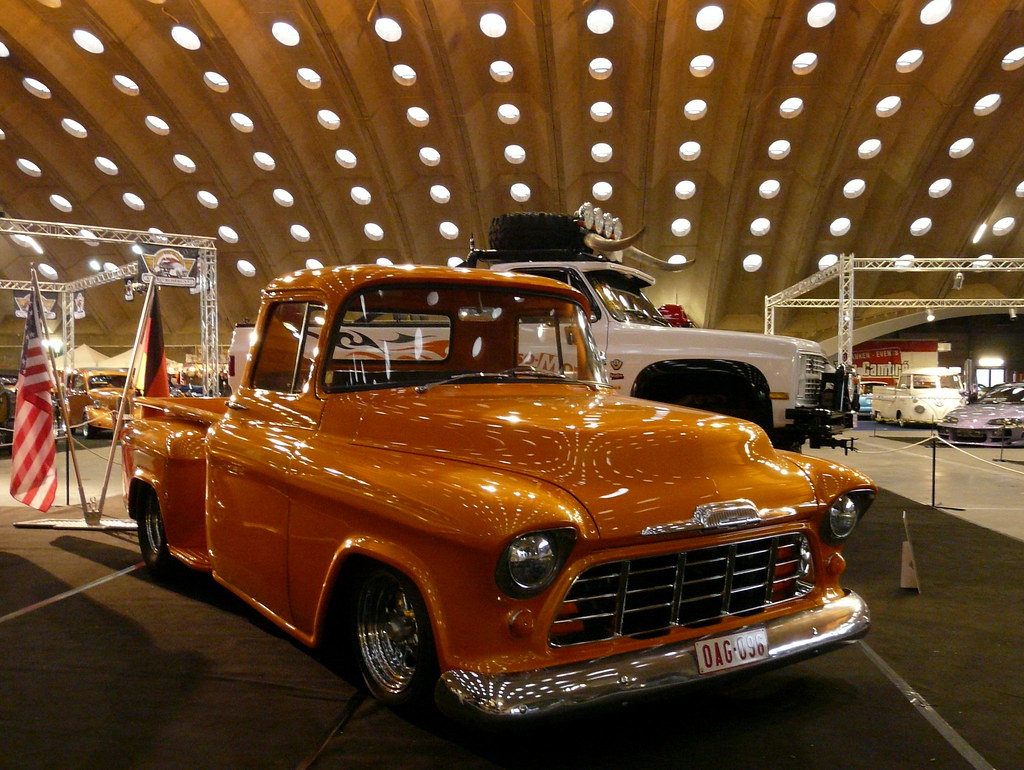
13. **Safety Concerns: The Growing Shadow of Larger Pickups**As pickup trucks have evolved in size and function, particularly in the US market, a growing concern among safety advocates revolves around their increasing mass, larger dimensions, and the impact on driver visibility and overall road safety. The drive for greater capability and passenger comfort has inadvertently created significant challenges, raising questions about pedestrian and vehicle safety.
Consumer pickup trucks sold in the US have witnessed a substantial increase in weight, by 32% since 1990 alone. Concurrently, cabs have grown larger and risen further from the ground, with grills and hoods also increasing in size over time. These design changes translate into a modern standard pickup truck having a significantly longer blind spot in front of its grill, typically 2.1–3.0 meters (7–10 ft) longer than most other vehicles, compounded by increased blind spots behind and to the side. For example, the Ford F-250 boasts a hood nearly 1.8 meters (6 ft) from the ground, making it potentially impossible to see small objects, such as a child, as far as 4.6 meters (15 ft) in front of the vehicle.
The ramifications of these larger dimensions are stark. Between 2009 and 2019, a tragic total of 575 children in the US died in front-over deaths, with most incidents involving their own parents. This represents an alarming 89% increase in mortality from the preceding ten years. Furthermore, between 2011 and 2021, US car-related fatalities rose by 8%, and pedestrian casualties increased by 46%. While these are complex issues, Consumer Reports partially attributes this concerning trend to the increased truck size and prevalence, echoing concerns from experts like Chuck Farmer of the US Insurance Institute for Highway Safety, who notes large pickup trucks can be as deadly or deadlier than muscle cars and questions their suitability for primary commuting roles due to the danger they pose to other drivers.

14. **Unpacking the Name: The Linguistic Journey of “Pickup”**The term “pickup” itself, while now ubiquitously associated with a distinct class of vehicle, has a rich and surprisingly diverse linguistic history that predates its automotive application. Understanding its origins provides a fascinating glimpse into how language evolves to categorize new concepts and technologies.
The etymological journey of “pickup” or “pick-up” traces back to 1848, when it initially functioned as a noun meaning “that which is picked up.” This broad definition encompassed the act of collecting or gathering in a general sense. By 1882, its usage had become more specific, referring distinctly to the act of picking up. It wasn’t until 1937 that the concept of a “pickup” as a vehicle emerged, a term directly derived from “pickup truck,” which Ford had introduced just a year prior. This vehicle name perfectly encapsulated its core function: picking up and delivering goods.
Conversely, the verb phrase “pick up” (with a space) has an even longer history, rooted in early 14th-century English. It combines the verb “pick” (meaning to lift or pluck) with the adverb “up” (denoting direction or completion). Initially, it described physically lifting something with the fingers. Over centuries, its meanings diversified considerably: by the 1510s, it meant casually obtaining something; by the 1690s, it referred to picking up people into vehicles. Later, it expanded to mean “improve gradually” (1741), “tidy up” (1861), and “gain speed” (1922), among many other uses. This extensive evolution highlights the phrase’s versatility and deep integration into the English lexicon.
Today, distinguishing between “pick up” (the verb phrase describing an action) and “pickup” (the noun referring to the act of collecting or the vehicle itself) is crucial for clear communication. While the hyphenated “pick-up” is sometimes seen, the unhyphenated “pickup” has become the most widely accepted spelling for the noun in modern usage. This linguistic journey underscores the dynamic nature of language, adapting and expanding to describe the world around us, from a simple act of lifting to an entire category of powerful, versatile vehicles.
Read more about: Design Disasters Unveiled: 10 Tesla Cybertruck Flaws So Glaring, Owners Can’t Hide Them From Anyone
The world of pickup trucks is far more intricate and compelling than a mere collection of specifications might suggest. From their humble beginnings as modified chassis to their current status as sophisticated, multi-faceted machines, pickups embody a relentless pursuit of utility, power, and adaptability. Whether hauling massive loads with advanced towing systems, serving as indispensable tools in global markets, or comfortably transporting families on daily errands, these vehicles continue to evolve. Yet, with their increasing size and prevalence, discussions around safety and their environmental footprint become ever more critical. As we’ve explored the very fabric of their design, from the smallest Kei truck to the heaviest Super Duty, and even delved into the linguistic roots of their name, it’s clear that the pickup truck remains a cornerstone of transportation, constantly redefining what it means to be a truly capable and versatile vehicle for the modern age. It’s a testament to engineering ingenuity and a mirror reflecting the changing needs and lifestyles of its owners worldwide.


